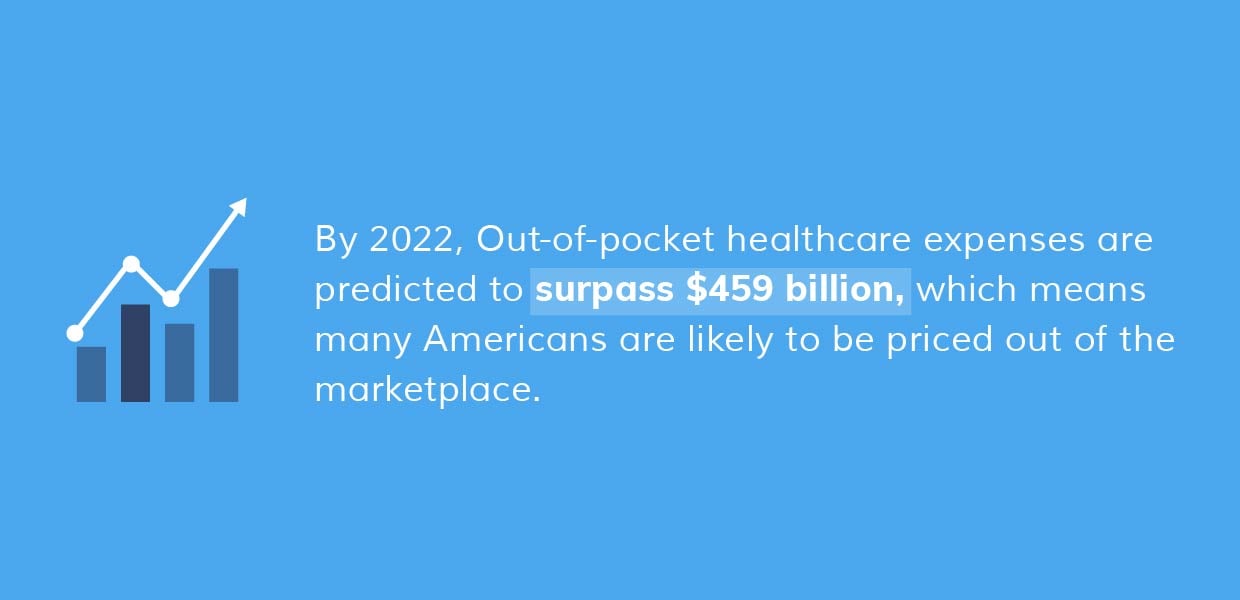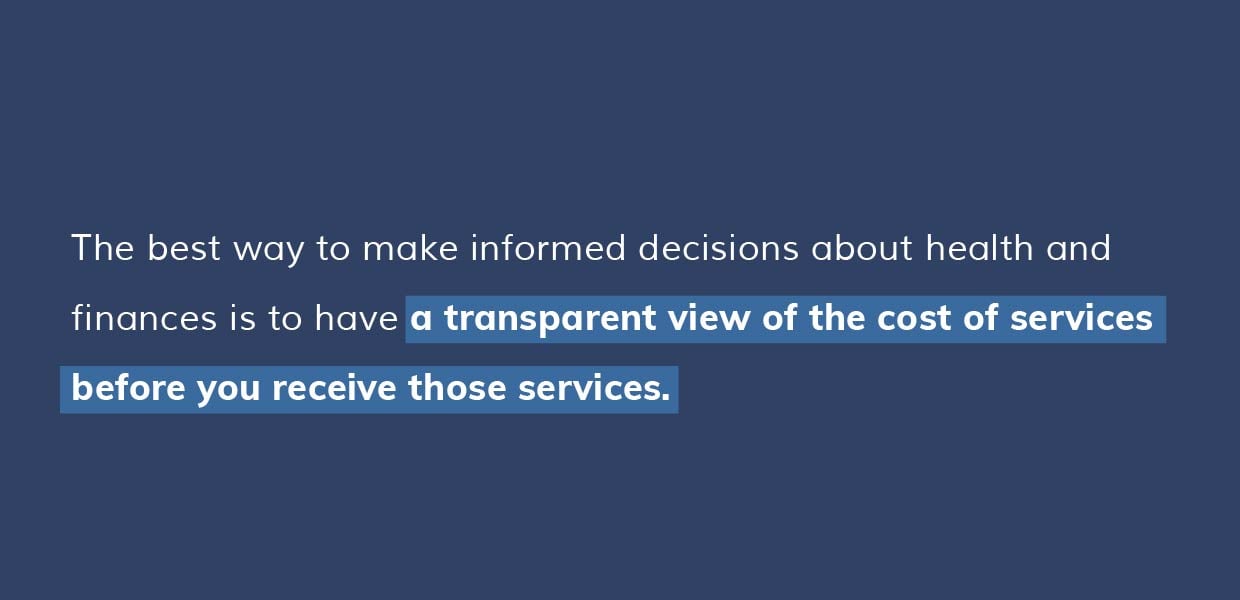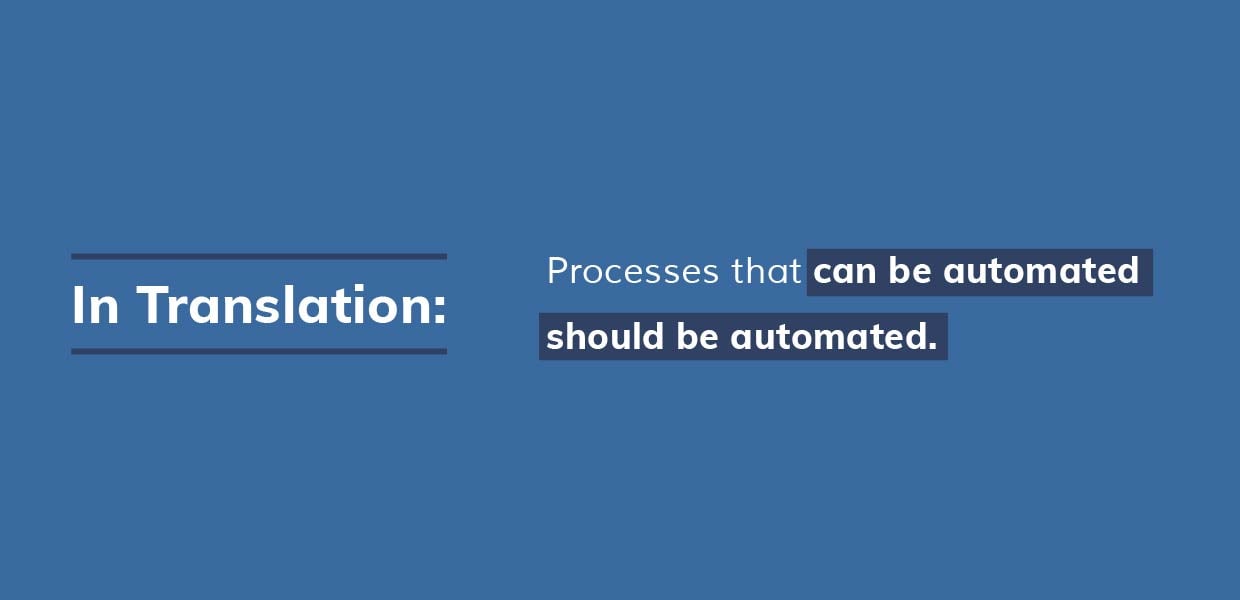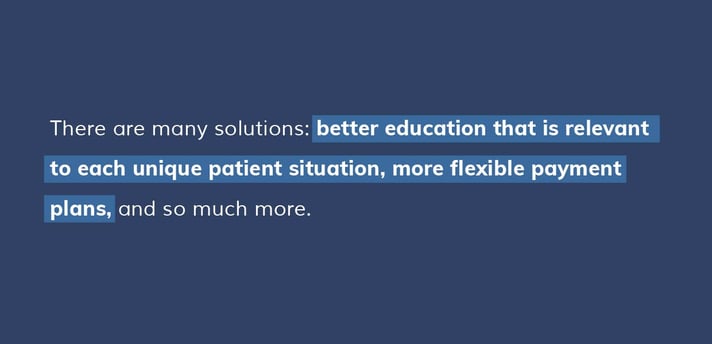In navigating American healthcare, including behavioral healthcare, most Americans have a decidedly...
Revenue clarity in 2020, 4 Ways Hospitals Can Save Money
February 27, 2020
Written by: Christopher Wolfington
Take it from the politicians: healthcare is an economic issue. In fact, it’s one of the most important ones.
In the United States, the burden of payment is divided amongst patients, providers, and the government. USA Today estimates that healthcare is the fourth largest consumer expense in this country, and, as of 2019, our government was estimated to be spending over $8,000 per citizen on healthcare. By comparison, the next-highest country on the list spends a mere $5,500.

We have to do better. It’s not just the health of our economy that depends on it, but also the health of our population. People who can’t afford healthcare are less likely to seek it out. Given that out-of-pocket healthcare expenses are predicted to surpass $459 billion by 2022, many Americans are likely to be priced out of the marketplace.
Given these socioeconomic factors, it’s more important than ever for hospitals to be smart about patient financial management. If solutions can also increase patients’ access to, and ability to pay for care, even better! We’ve identified four savings strategies that, if applied thoughtfully, will do just that.

1. Engage patients on financial matters before their treatment starts
This is first on our list for a reason: it’s the single best way to improve financial and patient health outcomes.
Imagine this hypothetical patient experience. A patient comes to the hospital with mild chest pains — nothing too surprising, given their chronic heart condition. They’re pretty sure that insurance will cover the emergency room fee, and hopeful that any incidental charges won’t be too high. But a relatively routine visit soon spirals into an intensive three-day hospital stay, as their mild chest pains turn out to need more testing and care. The patient isn’t sure about coverage for these tests, and for the additional time in the hospital...but staying is the right choice. They need the care.
Fast forward a few weeks. The patient’s still in recovery at home, and hasn’t been able to commit to as many shifts at work because of it. The hospital bill finally comes, and...it’s more than they expected it to be. Thousands and thousands of dollars more. Thousands and thousands of dollars they don’t have.
That’s a long-winded but all-too-real way of explaining the problem that so many Americans face. Healthcare costs can be inconsistent and unpredictable, and it’s hard to figure out exactly what insurance will cover. It’s especially difficult to deal with these matters after you’ve already received the care you need. (It’s difficult for providers, too, who don’t want to damage their brand image by enforcing harsh collections strategies.)

The solution: pre-care patient engagement. The best way to make informed decisions about health and finances is to have a transparent view of the cost of services before you receive those services. Providers can’t anticipate every outcome, but they can do their part to help patients prepare for as many as possible.
Both providers and patients benefit from pre-care patient engagement. For the healthcare provider, patient financial management helps to improve patient satisfaction, drive cash flow, reduce account receivables related to patient debt and increase retention rates. For the patient, these plans provide a clear glance at the cost of services and affordable payment terms to help them meet their full financial obligation for care. It also gives patients the opportunity to ask questions about their insurance coverage so they can begin to fully understand their benefits.
Informed patients are healthy patients, and transparent providers are healthy providers. Engaging patients earlier in the care journey is the best way to get there.

2. Use automated payment systems
Automation is the wave of the future in every part of every industry. From hiring to ongoing process management, it’s an effective organizational (and cost-saving!) measure.
Take it from Henry Ford:
“If you need a machine and don’t buy it, then ultimately you will find that you have paid for it but don’t have it.” — Henry Ford

In translation: processes that can be automated should be automated. If they’re not, organizations will incur the additional costs (human capital, time, supplies, et cetera) associated with less-organized process management.
Patient billing is a prime example of a complicated system that could benefit from automation. While pre-care engagement requires a human touch, ongoing payment cycles can easily be handled by a smart system — particularly one that’s equipped to manage many different patient experiences.
There are many automated payment systems to choose from, but the best ones enable a “set it and forget it” approach to billing and patient payments. These platforms should be able to start, manage, and complete each element of the payment cycle, from initial billing to the setup and maintenance of payment plans.
An automated process is an easier process, and an easier process makes for easier patient payments. Using these tools, patients will know what they owe, when they owe it, and why, and both providers and insurers will be able to track overall progress. Enrolling patients into an automated payment plan removes the need to send paper statements as well. It doesn’t hurt that it is good for the environment, either.

3. Benefit from risk stratification
Risk is a common consideration in healthcare. Doctors and insurance providers always think about it when making care decisions, such as whether or not a patient should undergo a procedure, or whether someone is at risk of developing a condition. However, it also applies to the financial side of the industry.
It’s important to understand that some patients are a higher risk than others in terms of underpayment and other problematic financial outcomes. In addition, the risk determinants vary tremendously across your patient population due to unique patient situations.
Effective risk stratification organizes patients by the likelihood of these problems, identifying common themes and experiences that contribute to financial risk. For example: repeat visitors to the emergency room are far more likely to incur surprise costs than patients who visit the doctor consistently. Patients in the latter class can plan for their routine visits, but emergency situations are (obviously) much more difficult to anticipate — and to pay for. Proactively recognizing these risk factors and organizing patients into risk classes allows for the development of financial management strategies tailored to each class’ needs.

There are many solutions: better education that is relevant to each unique patient situation, more flexible payment plans, and so much more. Thinking about these solutions as broad strategies for groups of patients, as opposed to offering one-off advice to individual patients, is a more organized and cost-effective approach to care.
If you’re on the hunt for ways to get organized, you should…

4. Utilize learnings from analytics
We’ve talked a big game about pre-care engagement, payment automation, and risk stratification. These strategies are essential to successful financial management...but how can you be sure that these strategies are being carried out correctly and delivering the desired outcome? These systems are complex and must evolve alongside patients’ changing needs — not to mention those of providers. Moreover, healthcare is hardly a one-size-fits-all industry. Success in one hospital, or with one patient, does not translate everywhere.
There are so many questions to ask. What education is needed in pre-care engagement? How often do patients in certain risk classes need to meet with a case manager? How flexible should a given payment plan be? How much engagement is too much? How much engagement is too little? What’s affordable? More importantly, what’s not?
Have a question you would like to ask us, click here.



-jpg.jpeg?height=200&name=finpay-inc-5000%20(1)-jpg.jpeg)
